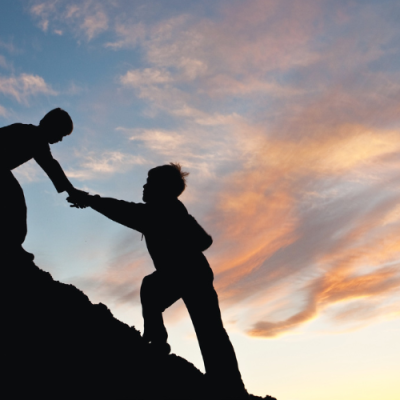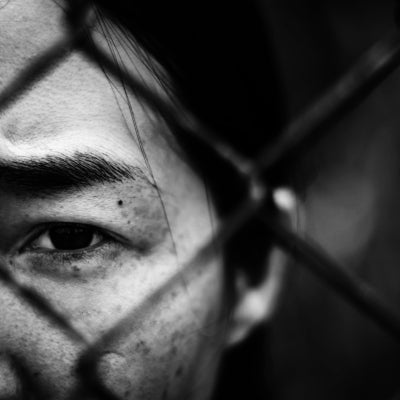Refine results
-
Childrens Rights11 October 2024Media Release
We must ‘help way earlier’ – united call to address systemic failures of Australia’s youth justice systems
Joint media release: Justice Reform Initiative and Australian Human Rights Commission Law and justice leaders, parliamentarians, First Nations leaders, child safety advocates, community service providers, peak organisations, and people with lived experience of child imprisonment from around Australia will come together for a landmark parliamentary event in Canberra on Thursday. Amid an… -
Childrens Rights21 March 2025Media Release
National Children’s Commissioner condemns new Victorian bail laws as a backward step
The National Children’s Commissioner says the Victorian Government’s new bail laws will not make communities safer because they are not based on evidence of how to prevent crime by children. -
14 December 2012Book page
Tackling violence, harassment and bullying - Annual Report 2009-2010: Australian Human Rights Commission
The complainant is employed to undertake packing duties with the respondent retail food company. The complainant alleged she was sexually harassed by her manager. She claimed the manager’s behaviour included sending her inappropriate text messages, sending her a pornographic video and making comments of a sexual nature. -
14 December 2012Book page
Chapter 2: Constitutional reform: Creating a nation for all of us - Social Justice Report 2010
Social Justice Report 2010 Back to Contents Chapter 2: Constitutional reform: Creating a nation for all of us 2.1 Introduction 2.2 Why does Australia as a nation need to recognise Aboriginal and Torres Strait Islander peoples in the Constitution? 2.3 What could reform look like? 2.4 What are the next steps to a successful referendum? 2.5 Conclusion 2.1 Introduction A century ago, the… -
14 December 2012Book page
HREOC REPORT NO. 37 (2007) - Report of an inquiry into Dr Julie Copeman’s complaint that Derbarl Yerrigan Health Service terminated her employment on the basis of her trade union activity
Report of an inquiry into Dr Julie Copeman’s complaint that Derbarl Yerrigan Health Service terminated her employment on the basis of her trade union activity HREOC REPORT NO. 37 (2007) Download in PDF [439 KB] Human Rights and Equal Opportunity Commission The Hon Phillip Ruddock Attorney General House of Representatives Parliament House CANBERRA ACT 2600 Dear Attorney, Pursuant to section… -
Childrens Rights25 September 2024Publication

Improving the safety and wellbeing of vulnerable children
This study aims to provide a national focus for reforms to the child protection and youth justice systems by examining the nature of recommendations from 61 reports and inquiries into these systems between the years of 2010 and 2022. -
Aboriginal and Torres Strait Islander Social Justice13 June 2025News story

We must end the national shame of Aboriginal deaths in custody
The President and all seven Commissioners of the Australian Human Rights Commission are united in our demand for immediate reform over the ongoing crisis of Aboriginal deaths in custody. -
14 December 2012Book page
Social Justice Report 2006: Appendix 4: Second International Decade of the World’s Indigenous People
Social Justice Report 2006 Back to Contents Appendix 4: Second International Decade of the World’s Indigenous People This Appendix reproduces materials approved by the United Nations General Assembly when establishing the Second International Decade of the World’s Indigenous People. It also extracts and briefly comments on the main provisions of the Program of Action for the Second Decade -
14 December 2012Book page
Monitoring and reporting on laws and policy - Annual Report 2009-2010: Australian Human Rights Commission
The Commission assesses compliance with human rights principles by examining and reporting on issues of race, age, sex and disability discrimination and human rights. In doing so, we play a significant role in the monitoring of legislation and policy in Australia. -
14 December 2012Book page
HREOC Social Justice Report 2002: Chapter 3 - National progress towards reconcilation in 2002 - an equitable partnership?
Social Justice Report 2002 back to contents Chapter 3: National progress towards reconciliation in 2002 - an equitable partnership? Indigenous policy within the broader context of strategic leadership for Australia Implementing practical reconciliation 1) 'Changing Direction', the 5-point plan 2) 'Agreement making and sharing common ground' 3) Expenditure on Indigenous-specific programmes… -
-
Business and Human Rights25 July 2023News story

What businesses need to know about the Modern Slavery Review
Learn more about business obligations in respect of modern slavery following the Modern Slavery Act review.
Pagination
- First page « First
- Previous page ‹ Previous
- …
- 72
- 73
- 74
- 75
- Current page 76
- 77
- 78
- 79
- 80
- …
- Next page Next ›
- Last page Last »

 Download PDF (3.05 mb)
Download PDF (3.05 mb)